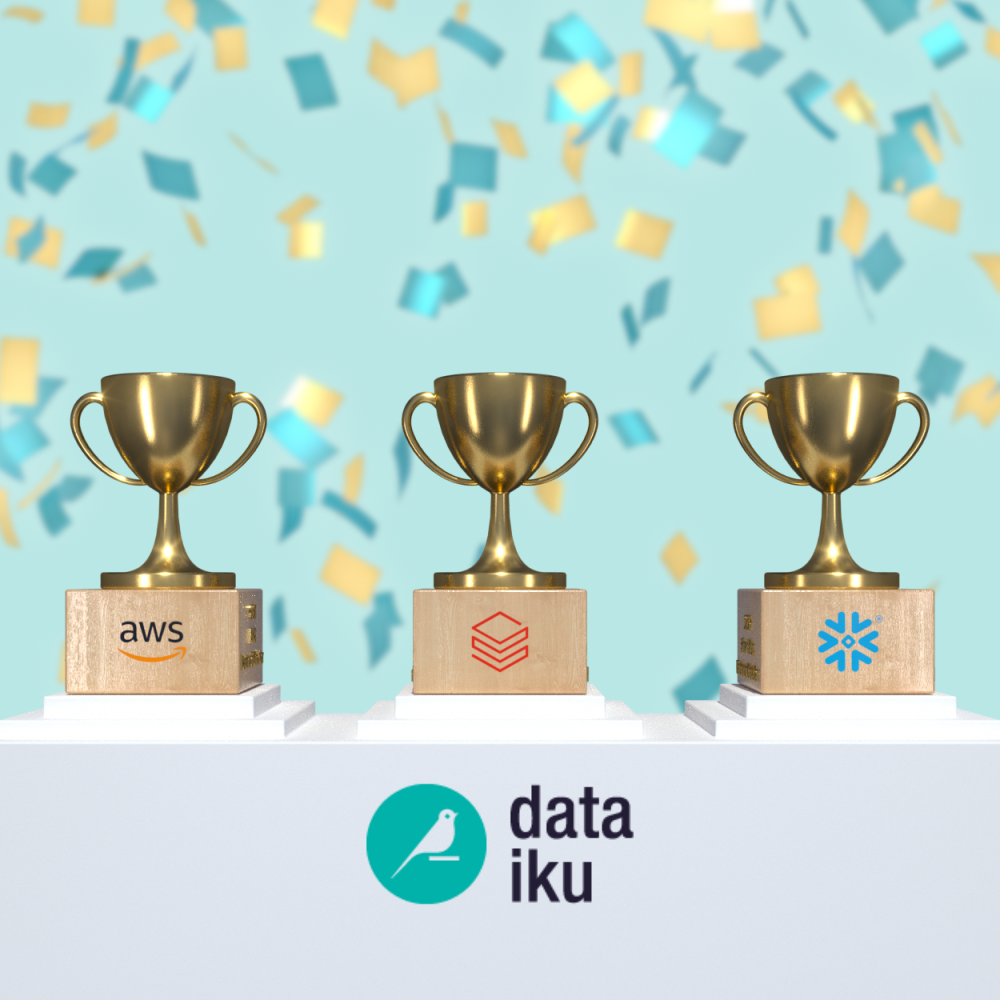Wondering what it really takes to make AI agents work? In a recent webinar, Chad Covin (Senior Technical Specialist) and Dmitri Ryssev (Principal Solutions Architect) cut through the hype to reveal the essential infrastructure organizations need to implement AI successfully.
The AI Implementation Challenge
Organizations everywhere are scrambling to adopt GenAI and agentic AI. Manufacturing plants want to predict maintenance needs. Healthcare providers aim to streamline patient documentation. Retailers dream of personalized shopping experiences. But many hit roadblocks when moving from pilot to production.
Why? Most focus on the shiny new AI models without building the foundation to support them. It's like buying a Ferrari without having roads to drive it on.
3 Architectural Keys to AI Agent Success
1. Build a Flexible Architecture
AI models are evolving at breakneck speed. Last year alone brought major releases from Anthropic, OpenAI, Mistral, Google, and numerous others. This constant innovation creates a real challenge.
Imagine: You've spent months integrating Claude 3 into your workflows. Then suddenly, GPT-4o arrives with features your sales team desperately needs. Without flexible architecture, you're stuck rebuilding from scratch.
"The tempo of AI's evolution is just at a breakneck speed," noted Chad Covin during the webinar. The solution? You need a component-based system where you can swap in new models without rebuilding everything from scratch.
Leading organizations design systems with modular components. These can be updated independently. This approach allows them to incorporate new capabilities without disrupting existing workflows.
Think of it like building with Lego blocks instead of carving from a single stone. You can replace individual pieces as better options become available.
Deeper Dive: The 4 Layers of Complexity
Scaling AI initiatives requires managing four interdependent layers:
- Generative Model Layer: Today's best model might be outperformed tomorrow.
- Feedback Layer: Implementing learning loops across multiple models compounds complexity.
- Deployment Layer: Must integrate new models without disrupting operations.
- Monitoring Layer: Becomes increasingly challenging with each additional model and use case.
According to McKinsey research, success comes from designing systems with swappable components. This component-based architecture resolves the fundamental tension between control and innovation that most organizations face.
2. Match the Right Model to Each Job
Don't just chase the latest trending model. Different tasks need different tools — and choosing wisely impacts both performance and costs.
Consider this eye-opening stat: 8.5% of employee prompts contain sensitive data (Harmonic). This means you might need hosted solutions for general tasks but local models for handling confidential information.
Dmitri demonstrated how Prompt Studios in Dataiku helps with systematic model evaluation. The platform allows teams to:
- Test models against reference questions
- Compare answer correctness across different models
- Calculate token costs for each option
- Make data-driven decisions about which model fits each use case
"There's not one model that's perfect for every use case," Ryssev explained. "It is a comparison and a trade-off between performance and cost."
Deeper Dive: Strategic Model Selection
In the demonstration, Dmitri showed how organizations can:
- Qualitatively assess models through side-by-side comparisons of responses to the same prompts.
- Run quantitative evaluations against reference answers using metrics like answer correctness and B-score.
- Use "LLM as judge" capabilities to evaluate response quality.
- Track token usage and calculate cost per response for different models.
- Monitor performance metrics over time to identify when model switching might be beneficial.
The most successful organizations aren't asking "Which model should we standardize on?" Instead, they're building architecture flexible enough to use the best model for each specific need.
3. Set Up Strong Governance Controls
With AI spending growing three times faster than IT budgets, costs can quickly spiral out of control. Meanwhile, 70% of executives admit prioritizing speed over security. This creates what Covin called "a perfect storm" of financial and security risks.
Proper governance isn't just nice to have — it's essential. Effective controls include:
- Content filtering to block potentially harmful outputs
- Spending dashboards that track costs by project and user
- Cost quotas with automatic enforcement
- Approval workflows for new AI initiatives
"You can feel confident in your budgets as it relates to working with these models," Ryssev emphasized after demonstrating Dataiku's governance features.
Deeper Dive: Proactive Governance
Dataiku's approach to governance includes:
- Dataiku Safe Guard: Built-in guardrails for filtering potentially harmful content at both query and response levels
- Dataiku Cost Guard: Dashboards tracking spending across projects and users with detailed breakdowns
- Quota System: Both "hard" quotas that automatically block usage once thresholds are reached and "soft" quotas that trigger alerts
- Multi-Level Controls: Set limits by provider, connection, project, or user group
- Comprehensive Governance Workflows: Documentation and approval processes through the Govern Node
- Automated Alerts: Performance threshold monitoring with notifications when model accuracy drops
Strong governance creates guardrails, not roadblocks. It enables responsible innovation rather than restricting it. Go further on Dataiku Guard Services here.
What Makes Dataiku Different?
During the Q&A session, attendees asked how Dataiku compares to offerings from major cloud providers. The answer revealed a key differentiator.
"Dataiku is unique in the sense that it's holistic," explained Ryssev. "You have one product that goes all the way from data access, data prep, all the way through to machine learning, working with GenAI models, and then the governance and auditability around all of that."
No more integration headaches — everything works together out of the box. It works with both commercial GenAI providers and in-house hosted LLMs. And it deploys on various infrastructure options, including Red Hat OpenShift for Kubernetes.
Practical Applications in Action
The demonstration showcased several powerful use cases:
- Text-to-SQL: Natural language queries automatically converted to SQL, allowing non-technical users to analyze data through conversation
- Document Q&A: AI-powered interface that reads, understands, and answers questions about policy documents with proper source citations
- Agent Connect: A unified interface where users can interact with multiple specialized agents through a single conversation
- Dataiku LLM Mesh: Easy connection to all major AI providers with simplified API management
- Local Model Hosting: Support for running open-source models like DeepSeek within your own infrastructure

From Experimentation to Transformation
The webinar highlighted a fundamental shift happening in AI adoption. Organizations are moving from isolated experiments to enterprise-wide implementation.
This shift requires different thinking. It demands infrastructure that can scale, adapt, and maintain control as AI proliferates across departments.
"Moving from reactive, fragmented approaches to a cohesive AI architecture is what separates organizations that merely just want to experiment with GenAI and those that can actually put it in production and have it transform their business," Covin summarized.
Here's What You Need to Remember
- AI Agents Go Beyond Chatbots: They execute actions, make decisions, and automate workflows instead of just answering questions.
- Flexibility Is Critical: A component-based architecture lets you swap models without rebuilding applications, which helps you avoid the development costs for rebuild cycles.
- Match Models to Tasks: Systematic evaluation ensures you're using the right tool for each job, optimizing both performance and cost.
- Governance Prevents Runaway Costs: With AI spending outpacing IT budgets by 3x, proper controls maintain visibility and predictability.
- One Platform, Complete Solution: Dataiku provides a holistic approach from data prep to model deployment to governance in a single environment.





